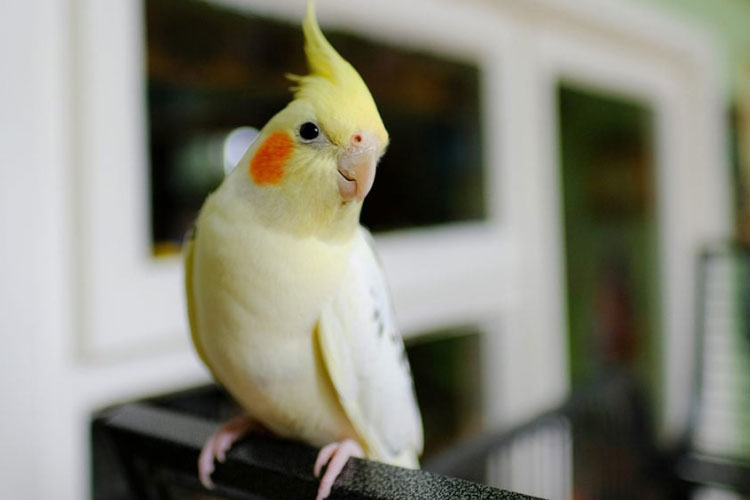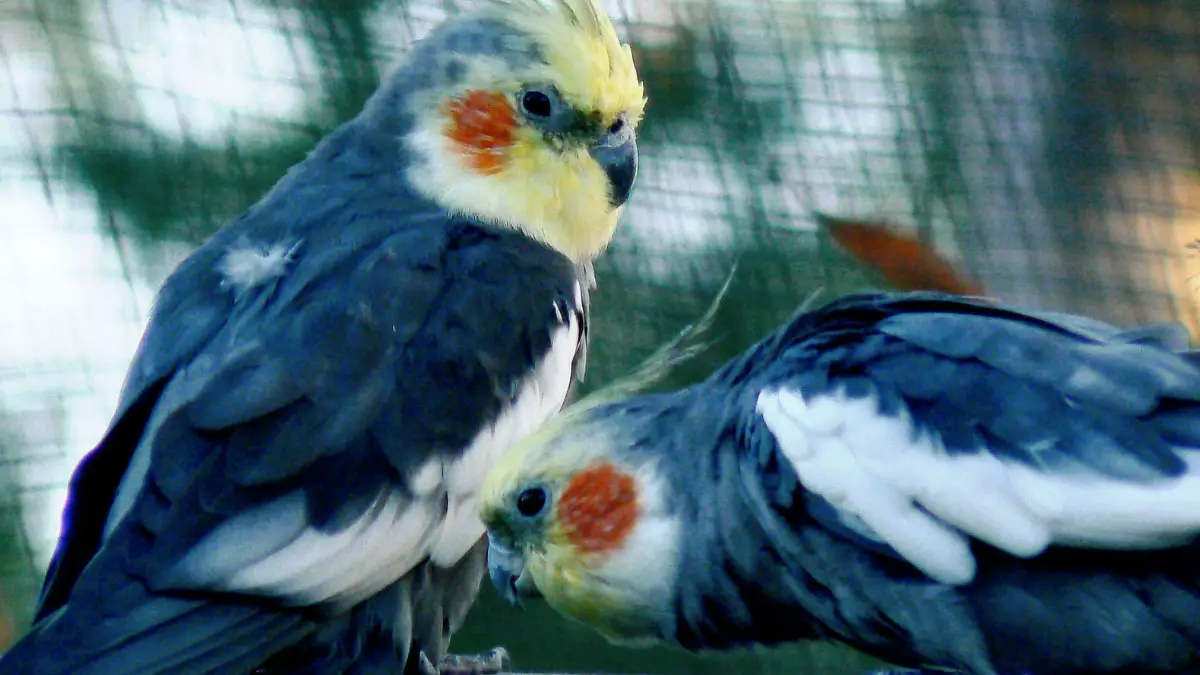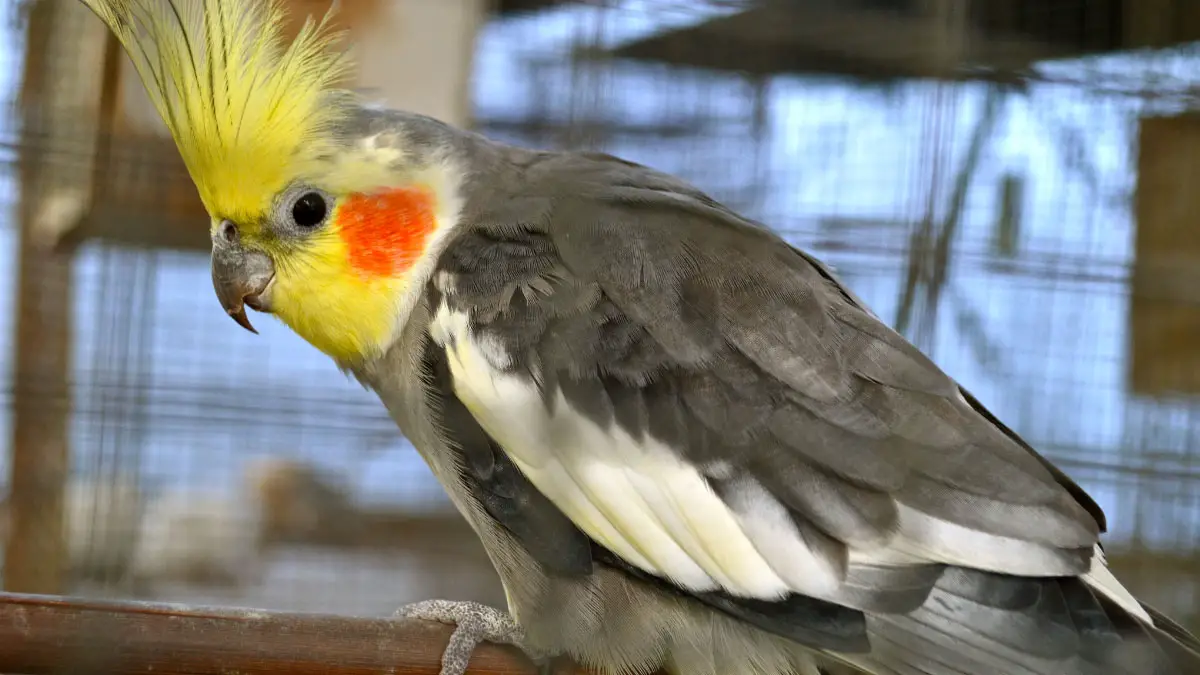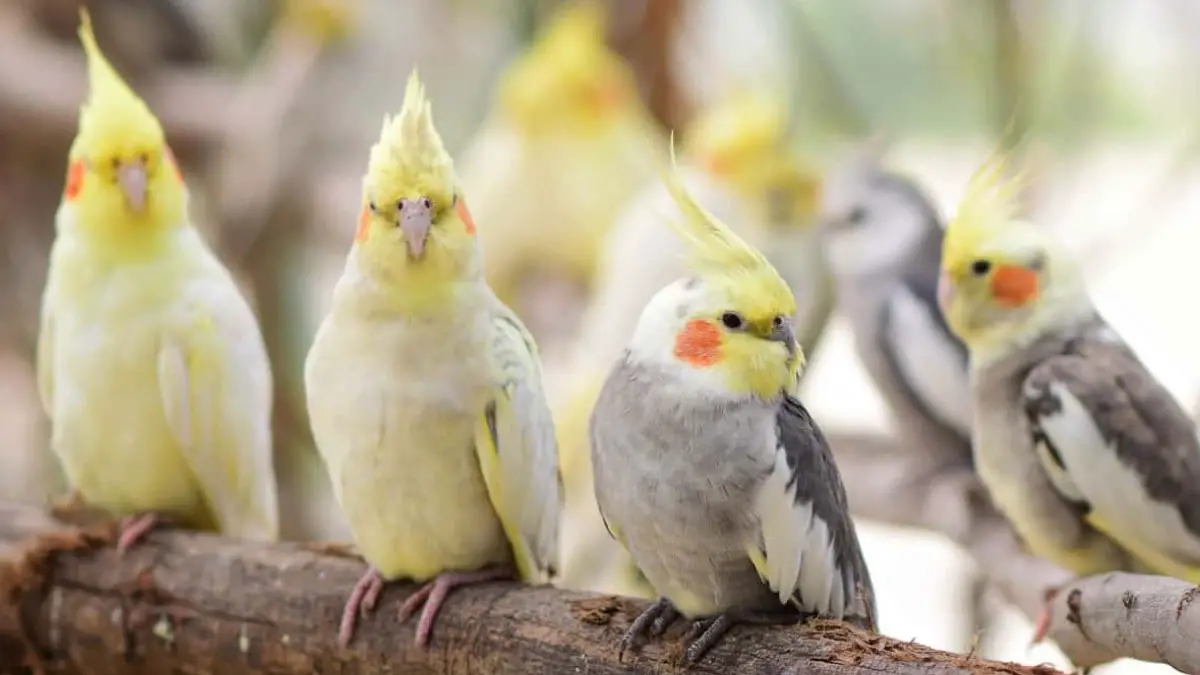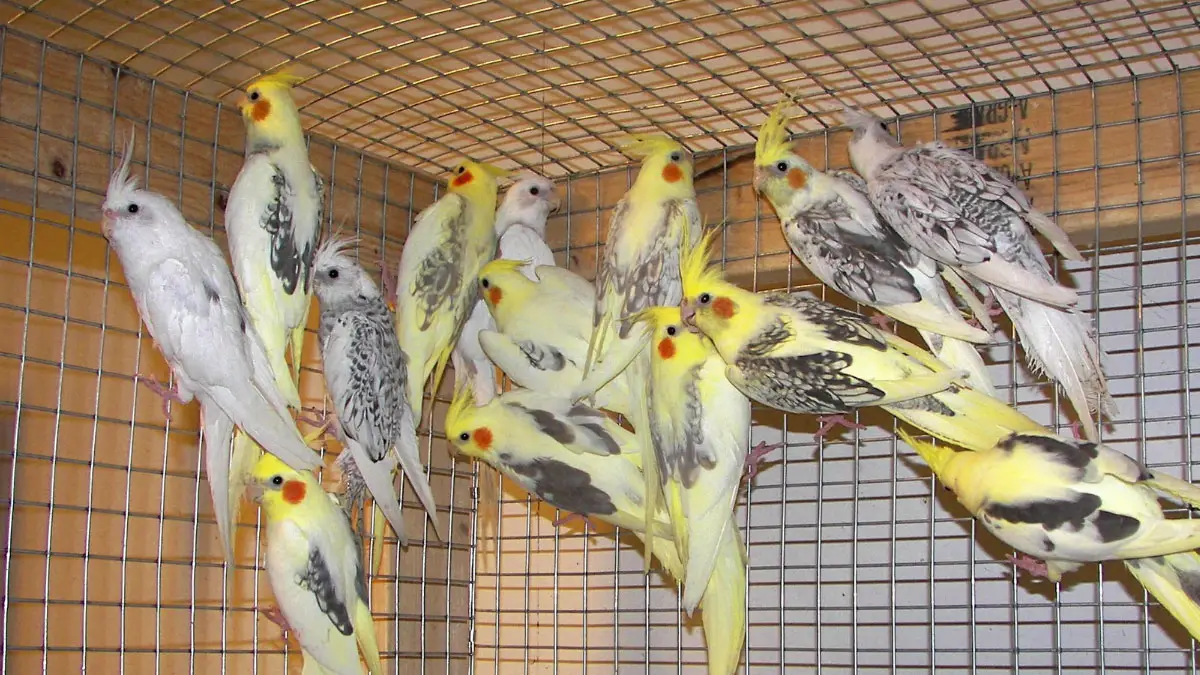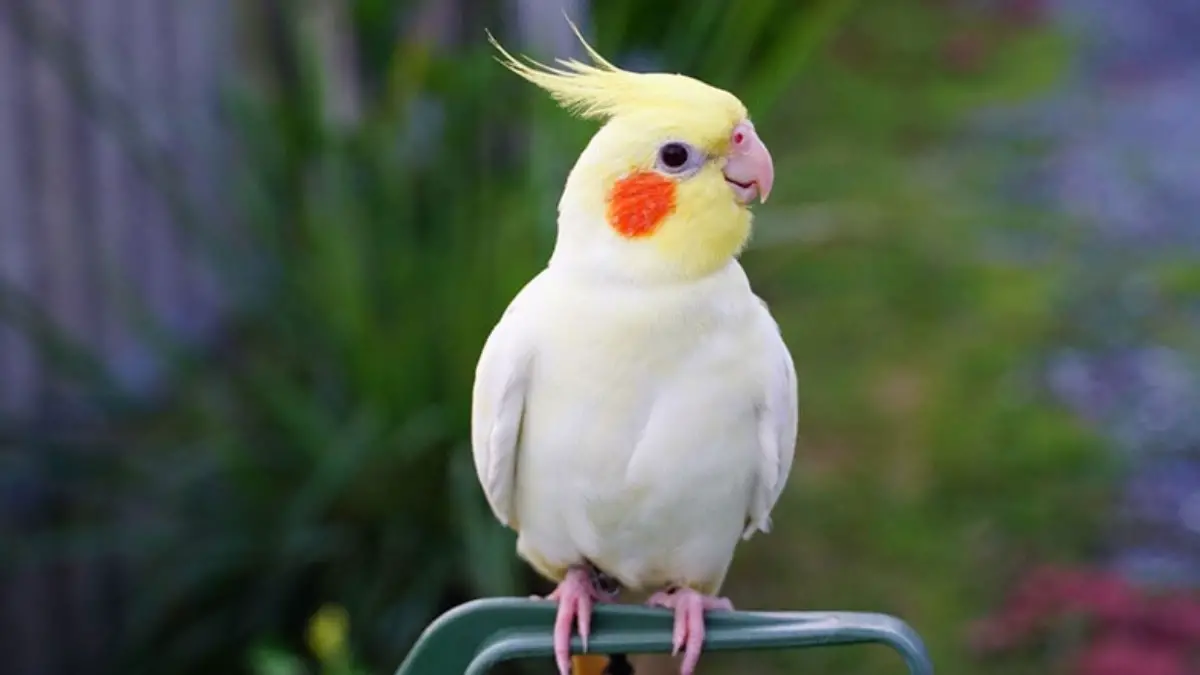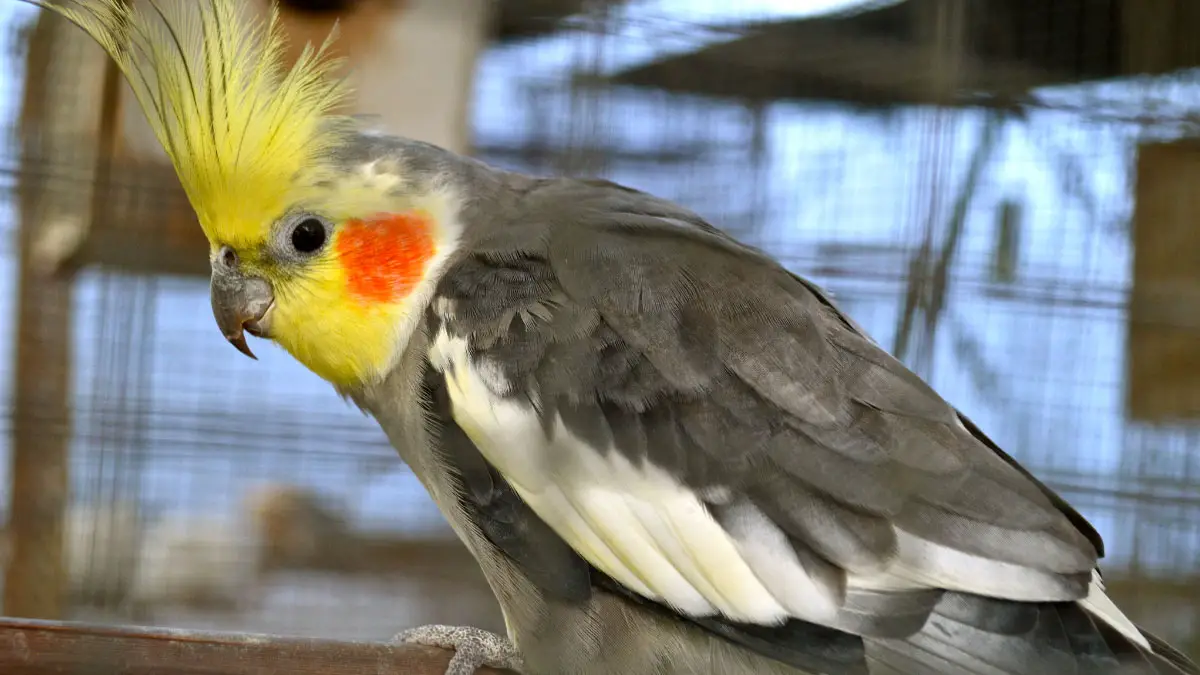The cockatiel is originally from the outback regions of Australia. Generally, the temperatures can be very high year-round in these regions, averaging between 59 to over 100 degrees Fahrenheit. Keeping this in mind, you might want to know the cockatiel temperature range in captivity.
Although a cockatiel can withstand a wide range of temperatures due to its origin, its ideal temperature is 70 to 80 degrees Fahrenheit. Your bird will get very much uncomfortable if the temperatures rise above 85 degrees or drop below 60 degrees. Eventually, it could die due to extreme heat or cold.
If you are living in extreme weather conditions, we can lend you a hand to help ensure your cockatiel’s healthy life regardless of the temperatures. This guide will discuss everything there is to know about the temperature range of a cockatiel.
What Is the Ideal Cockatiel Temperature Range?
The ideal and most comfortable temperature range for a captive cockatiel is between 70- and 80 degrees Fahrenheit during the day. But at night, your pet bird can withstand low temperatures of up to 60 degrees Fahrenheit.
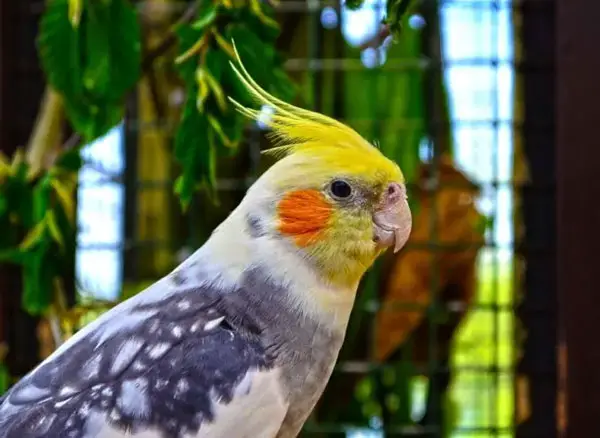
A cockatiel can withstand temperatures between 40 and slightly over 100 degrees Fahrenheit in the wild. This means your pet bird can tolerate different temperature variations even in captivity. However, if you expose your bird to temperatures above 85 degrees Fahrenheit for extended periods, it may exhibit signs like:
- Panting and rapid breathing
- High intake of water
- Less active and quiet than normal
- Fluffing feathers out persistently to cool down
- Fluttering the throat
- Trying to seek shade
On the other hand, your cockatiel may not withstand temperatures below 60 degrees Fahrenheit for too long. The bird is most comfortable in a house with a temperature of around 70 degrees Fahrenheit. Extremely low temperatures will only make your cockatiel:
- Fluff up its feathers like a puffball
- Tuck the beak down into the chest
- Shiver
- Stand on one leg during the day
Can Cockatiel Die From High Or Cold Temperatures?
Yes. Ideally, the temperature in your bird’s environment should not exceed 85 degrees Fahrenheit. This is because a cockatiel is highly sensitive to heat since it lacks sweat glands to help regulate its body temperature.
So, your bird may suffer from overheating issues when the temperatures get extremely high. And if untreated, the overheating may cause life-threatening conditions like dehydration and heat stroke. If your cockatiel suffers from heat stroke, it may easily slip into a coma due to brain damage and organ failure. If not treated immediately, your bird could eventually die.
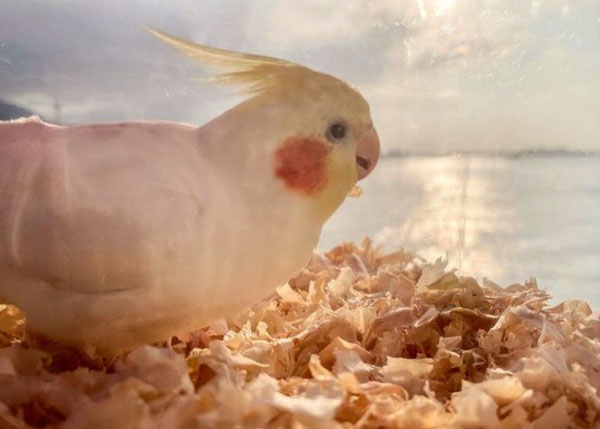
A cockatiel can’t tolerate extreme cold either. You see, a cockatiel is biologically primed for warm temperatures. Therefore, when the temperatures go below 50 degrees Fahrenheit, your bird could become hypothermic, go into shock, and die. Hypothermia is a condition where a cockatiel loses body heat than it can produce due to prolonged exposure to the cold.
Additionally, something else that might suddenly kill your cockatiel is a sudden drop or rise in temperature. Your bird cannot withstand an abrupt reduction or rise in temperature by 15 degrees Fahrenheit or more.
What Is The Temperature Range For Baby Cockatiel?
When the baby cockatiel is born, you should keep it in an environment with temperatures of up to 98 degrees Fahrenheit. This is because, at this point, the bird does not have feathers to keep it warm.
But once the chick is four to five days old, you might want to gradually reduce the temperature. Typically, a temperature between 95- and 96 degrees Fahrenheit should be good.
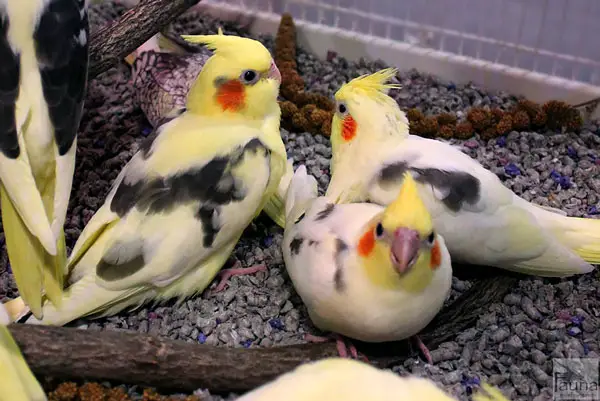
As your cockatiel continues to grow feathers, you will want to gradually reduce the temperature until it reaches 86 degrees Fahrenheit. And once your bird becomes fully feathered and weaned, you can maintain the temperature at 70 to 80 degrees Fahrenheit.
What Temperature Is Too Hot For Cockatiels?
In their natural habitat, cockatiels can withstand temperatures as hot as 104 degrees Fahrenheit. Therefore, even in captivity, your healthy cockatiels can survive in these conditions as long as the temperature increase is gradual. This subtle increase gives your bird enough time to acclimate to the high temperatures.
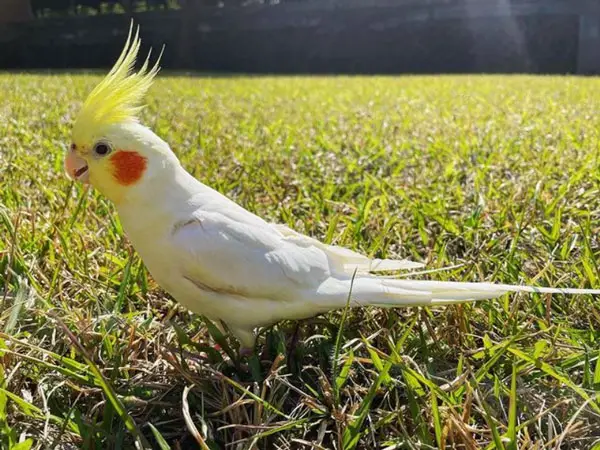
However, the most comfortable temperature for these birds is 80 degrees Fahrenheit in captivity. If the temperature exceeds 85 degrees, your bird can get uncomfortable, overheat, and even die.
How To Prevent Cockatiel From Getting Too Hot
During the summer, the temperatures can get pretty high, exceeding the 80-degrees Fahrenheit ideal temperature range for your cockatiel. In this case, you will want to protect your bird from overheating and suffering from heat stress. Here is how to do it.
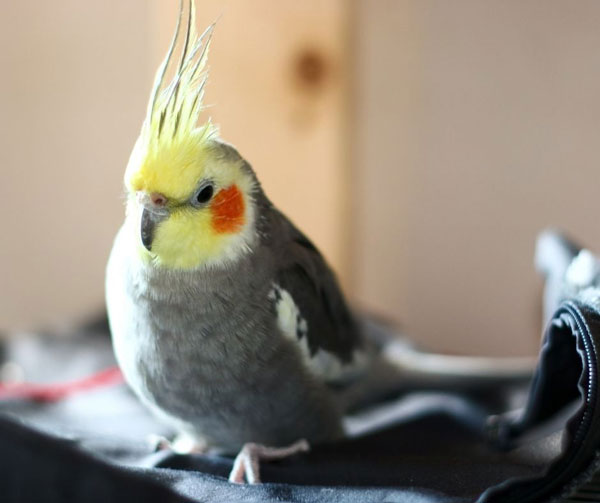
Offer frequent baths
A quick bath can help keep your bird cool, protecting it from overheating issues. Simply provide your cockatiel with a shallow dish of water so it can soak its feathers.
Keep the cage away from direct sunlight
During the hot weather, always put your bird’s cage under a permanent shade or away from direct sunlight.
Give lots of fresh water
High temperatures can dehydrate your cockatiel. So, give your bird plenty of fresh water throughout the day to keep it hydrated.
Use an oscillating or ceiling fan
To allow maximum air circulation around your cockatiel cage, you can use a fan. However, don’t place the fan directly under the cage. Instead, put it slightly off-center of the birdcage.
Turn on the air conditioner
Alternatively, you could simply switch on your home’s air conditioner if you don’t have a fan. However, you must ensure the AC does not blow cold air straight on your cockatiel because your bird may suffer from pneumonia. The cold air may also lead to feather plucking.
Open the windows
Open the windows only if your cockatiel is locked inside its cage. This will ensure maximum air circulation in the house and reduced temperatures.
What Temperature Is Too Cold For A Cockatiel?
The best temperature range for a mature cockatiel with fully-grown feathers is 70-80 degrees Fahrenheit. However, a healthy bird can withstand temperatures as low as 50 degrees Fahrenheit. This is as long as the temperature changes are subtle and not immediate.
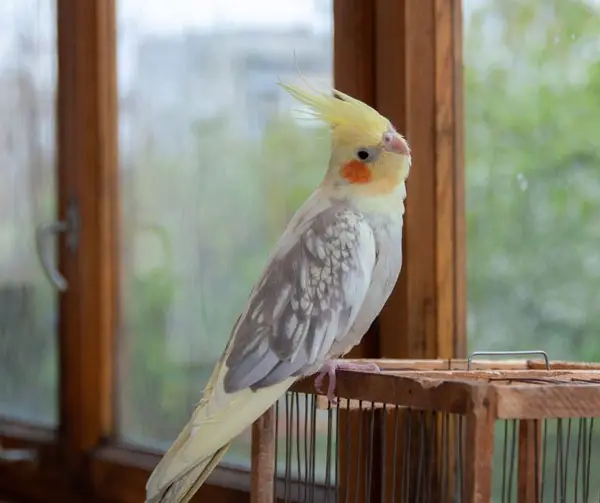
That said, at 40 degrees Fahrenheit and below, this temperature will be too cold for your cockatiel. As a result, your bird could die if left under these conditions for extended periods.
How To Keep Cockatiel Warm During Extreme Cold Temperatures
Without a doubt, your cockatiel could die from exposure to freezing temperatures. So, below are tips to keep your bird warm when the temperatures go below 70 degrees Fahrenheit.
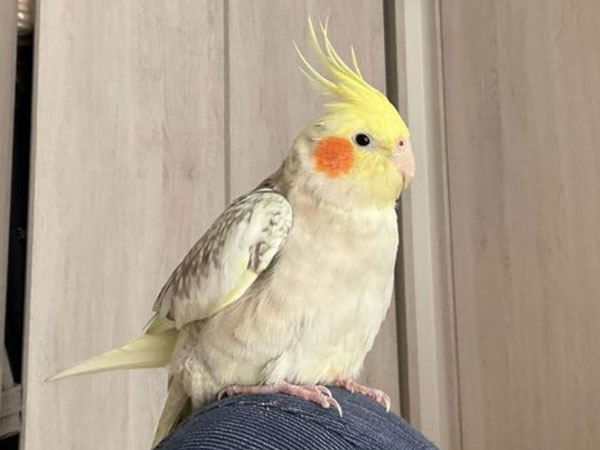
Covering the cage
Covering your bird’s cage at night using a heavy blanket or cage cover will help prevent the warm air inside from escaping. Just make sure the blanket is breathable.
Use heat lamps or heaters
You can use a heat lamp to keep a baby cockatiel warm. But for mature birds, a plug-in space heater is an excellent choice.
Thermo-perch
This electrically heated perch is designed to offer a safe and consistent source of warmth to your cockatiel via their feet. The perch has an in-built thermostat to help you regulate your bird’s temperature.
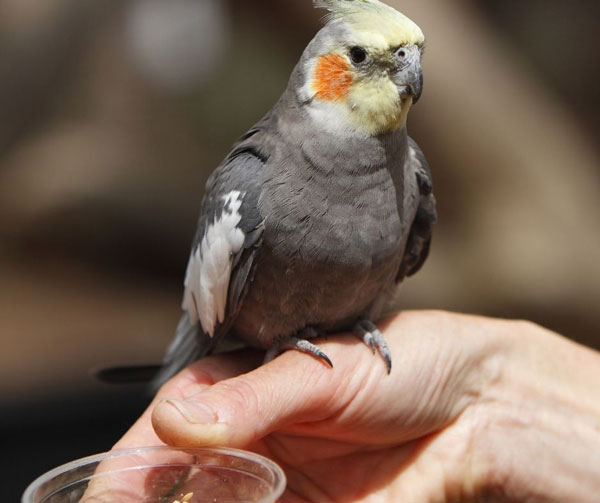
Get companion birds
If you have a single cockatiel, you can get her a companion. The two birds can provide each other with extra warmth by staying close together.
Provide more toys
When your cockatiel is physically active throughout, it can help raise its body temperature. Playing with various toys is the best way to keep your bird occupied.
FAQs
In this section, we will respond to commonly asked questions regarding the cockatiel temperature range. Check them out.
Besides covering the birdcage with a breathable cover, you can place a heat lamp or space heater in the room. Installing heated perches may also help keep the bird snug and warm.
No. A cockatiel and other pet birds will be comfortable staying in an environment with temperatures ranging from 70 to 80 degrees Fahrenheit.
Your bird will shiver, put its head down, puff up its feathers, and wrap the beak into the chest when it’s cold. The cockatiel may also sneeze and cough.
Outro
A cockatiel is a hardy pet bird that can withstand a wide range of temperatures. Even so, the best cockatiel temperature range is between 70 and 80 degrees Fahrenheit. Your bird could die if exposed to extremely high or cold temperatures for a long time. The good news is there are many ways to keep your bird warm or cool when the temperatures drop or rise.
